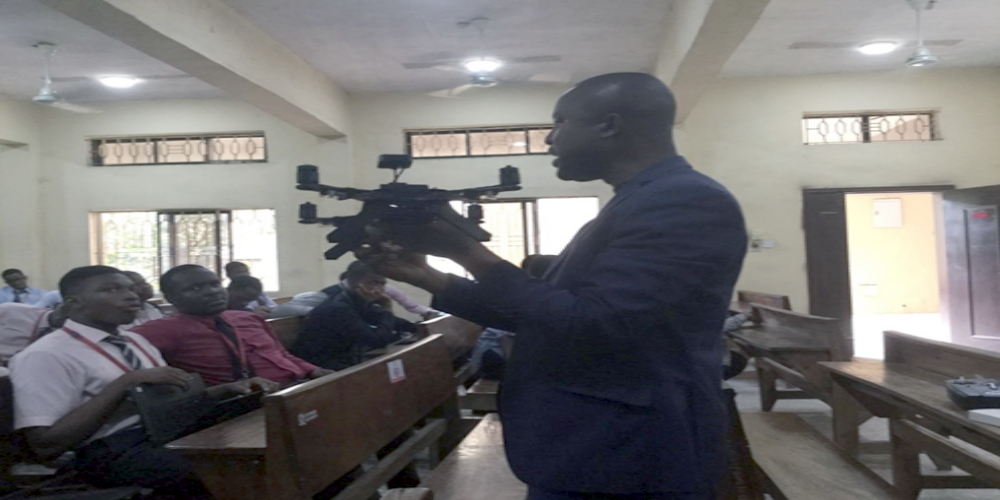
Drones and robotics are two rapidly advancing fields with significant implications across various industries. Here’s an overview of each:
- Drones:
Drones, also known as unmanned aerial vehicles (UAVs) or remotely piloted aircraft systems (RPAS), are aircraft without human pilots onboard. They can be controlled remotely by a human operator or autonomously by onboard computers. Drones come in various sizes, from small quadcopters to large fixed-wing aircraft, and they can be equipped with different sensors, cameras, and payloads for specific applications.
Applications of Drones:
- Aerial Photography and Videography: Drones equipped with high-resolution cameras are used for aerial photography and videography in industries such as filmmaking, real estate, agriculture, and environmental monitoring.
- Mapping and Surveying: Drones are used for mapping and surveying land, infrastructure, and environmental features. They can quickly collect aerial data, create 3D models, and generate maps with high accuracy and detail.
- Precision Agriculture: Drones equipped with multispectral or thermal imaging cameras are used in agriculture for crop monitoring, irrigation management, pest detection, and yield estimation.
- Delivery and Logistics: Companies like Amazon and UPS are exploring the use of drones for package delivery in urban and remote areas, offering faster and more efficient delivery options.
- Search and Rescue: Drones equipped with thermal imaging cameras and other sensors are used in search and rescue operations to locate missing persons, assess disaster areas, and deliver supplies to inaccessible locations.
- Infrastructure Inspection: Drones are used to inspect and monitor infrastructure such as bridges, dams, power lines, and pipelines, reducing the need for manual inspections and improving safety.
- Environmental Monitoring: Drones are used to monitor environmental conditions, track wildlife populations, assess forest health, and monitor pollution levels in air and water.
- Robotics:
Robotics is the interdisciplinary field of engineering and science that involves the design, construction, operation, and use of robots. Robots are machines capable of carrying out tasks autonomously or semi-autonomously, often with programmable capabilities. Robotics encompasses various subfields, including industrial robotics, medical robotics, service robotics, and autonomous vehicles.
Applications of Robotics:
- Manufacturing and Automation: Industrial robots are used in manufacturing plants for tasks such as assembly, welding, painting, and material handling, improving efficiency, precision, and safety.
- Healthcare: Robotics is used in healthcare for tasks such as surgery, rehabilitation, diagnostics, and patient care. Surgical robots enable minimally invasive procedures with enhanced precision and dexterity.
- Service and Hospitality: Service robots are used in various industries for tasks such as customer service, cleaning, security, and food delivery. Examples include robot vacuum cleaners, hotel concierge robots, and restaurant servers.
- Agriculture: Agricultural robots, also known as agribots or agri-drones, are used for tasks such as planting, harvesting, weeding, and crop monitoring, enhancing productivity and reducing labor costs.
- Exploration and Space: Robots are used for exploration and research in environments such as space, deep sea, and hazardous terrain. Examples include Mars rovers, underwater drones, and search-and-rescue robots.
- Education and Research: Robotics is used in education and research to teach STEM (science, technology, engineering, and mathematics) concepts, conduct experiments, and develop new robotic technologies.